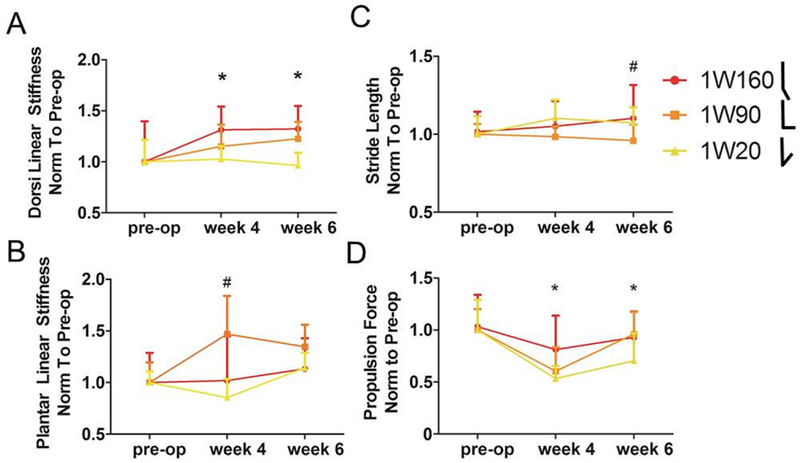Figure 2. Immobilization in Dorsiflexion Decreases Joint Function.

Torque-angle data from passive ankle testing was fit with a bilinear curve to calculate joint stiffness in the toe and linear regions. Differences in ankle function after immobilization for one week at 90° and 20° compared to 160° include (A) decreased post-operative linear region stiffness in dorsiflexion after dorsiflexed (1W20) immobilization and (B) decreased linear region stiffness in plantarflexion after plantarflexed (1W160) immobilization. Quantitative ambulatory assessment also identified increases in (C) stride length 6 weeks after surgery, and in (D) propulsion force 4 weeks after surgery in animals placed in plantarflexed (1W160) immobilization. 1W160, one week of immobilization at 160°, red; 1W90, one week of immobilization at 90°, orange; 1W20, one week of immobilization at 20°, yellow. All values were normalized to measurements taken one day prior to surgery (pre-op). Data is represented as mean+SD. *p<0.025 for 1W160 and 1W20; # p<0.025 for 1W160 and 1W90.
